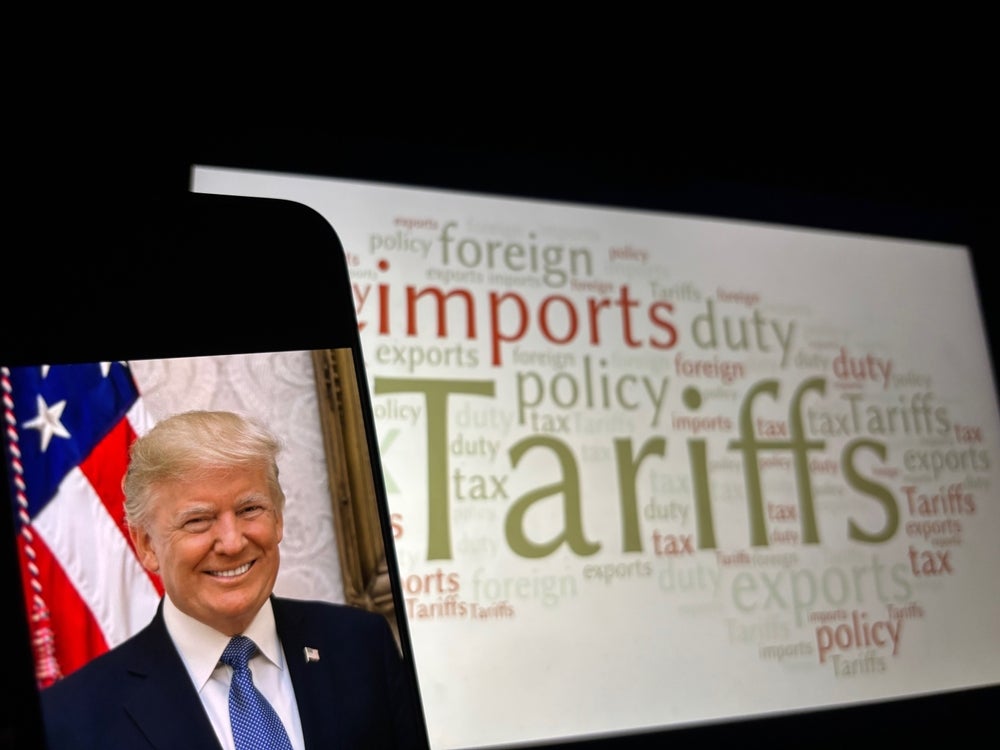
When Silicon Valley veteran investor Chamath Palihapitiya was 19, he wrote a letter to pioneer venture capital fund Kleiner Perkins seeking an internship. Of the many partners in the fund, only the billionaire co-founder of Sun Microsystems, Vinod Khosal, wrote back. “It was a rejection,” says Palihapitiya, but nevertheless he kept the letter for many years. Palihapitiya went on to become an early senior executive at Facebook, eventually launching his own fund, Social Capital, in 2011. For the penniless son of a Sri Lankan immigrant, Palihapitiya’s dream of going to Silicon Valley and building a fund or starting a company appeared out of reach until he says he “felt seen” by someone like Khosal.
In the quarter of a century since Palihapitya sent that letter, Silicon Valley’s venture capital funds, and, indeed, funds globally, don’t seem to have come very far on the issue of diversity. According to 2019 data from Richard Kerby at Equal Ventures, 58% of venture capitalists are white males, 20% are Asian males, 11% white female, 6% Asian female. Only 2% are black male and 1% black female while 1% are Latinx male and 0% Latinx female.
According to Pitchbook, US venture capital funds raised a combined $69bn in 2020, despite the Covid-19 pandemic. Large established investors saw far more growth than smaller companies. Leading venture capitalist fund Andreessen Horowitz announced a pair of mega-funds with $4.5bn in commitments alone, characterising the trend for consolidation in the industry. This consolidation threatens to further worsen the diversity record of venture capital companies unless proactive measures are taken to tackle the issue.
Will venture capital ever diversify?
Venture capital and diversity may not have an obvious synergy. One of venture capital’s two existential functions is to root out innovation that conventional market frameworks cannot. The other is, of course, to make money. Lots of money. The diversity record of venture capitalists needs to be addressed, but rather than view it as a human resources issue, companies should take a hard look at the data and begin to see diversity as a profit generator.
Rather than view it as a human resources issue, venture capital companies should take a hard look at the data and begin to see diversity as a profit generator.
There has been much lip service paid to diversity in Silicon Valley over the past decade, and even that took some time considering California is widely regarded as ground zero for the global export of ideas about diversity. Examples of tangible efforts include Andreessen Horowitz’s launch of Talent x Opportunity (TxO), a series of not-for-profit initiatives aimed at funding and mentoring under-represented founders. TxO announced its first cohort in October 2020, which was a welcome move but still a small step towards changing the current lack of diversity in founders.
Richard Kerby of Equal Ventures says venture capital companies that aren’t actively pursuing investments in women and multicultural founders may be leaving money on the table. Indeed, Boston Consulting Group’s 2018 study of 350 start-ups in the Boston area found on average women raised less than half as much money as their male counterparts, yet they earned $0.78 per dollar invested, compared with $0.31 for the men.
According to Morgan Stanley’s 2019 Beyond the VC Funding Gap report, venture capital companies are not acting on the data relating to diverse entrepreneurs and could be missing out on significant returns – and this from an industry that prides itself on being data driven. Nearly half (45%) of the venture capital companies surveyed in Morgan Stanley’s report didn’t know how the returns from companies with women founders compared with their overall portfolio returns and 53% were unsure about multicultural-founded companies.
The trillion-dollar blind spot
Morgan Stanley calls this “the trillion-dollar blind spot”. If revenues for women and multicultural entrepreneurs were proportional to their representation in the US labour force, it would create trillions of dollars in value. Using data from the US Census Bureau’s 2012 Survey of Business Owners and the US Department of Labour’s Bureau of Labour Statistics, revenue for women and minority businesses was $2.4trn in 2012. Had the number of women and minority-owned businesses and the portion of revenues matched their percentage in the labour force, which stood at 56%, then 2012 gross receipts would have increased to $6.8trn, suggesting a missed opportunity of up to $4.4trn, according to Morgan Stanley.
Venture capital funds should start to view women and multicultural entrepreneurs as an emerging market, just as they would any new market opportunity or product. This way diversity moves from being a ‘soft’ issue without the same motivation for change as a cold hard business case. An industry laser focused on creating value should, by definition, at long last recognise the value in diversity.
Home page image of Andreessen Horowitz general partner Andrew Chen and Extra Crunch managing editor Eric Eldon by Kimberly White/Getty Images for TechCrunch






